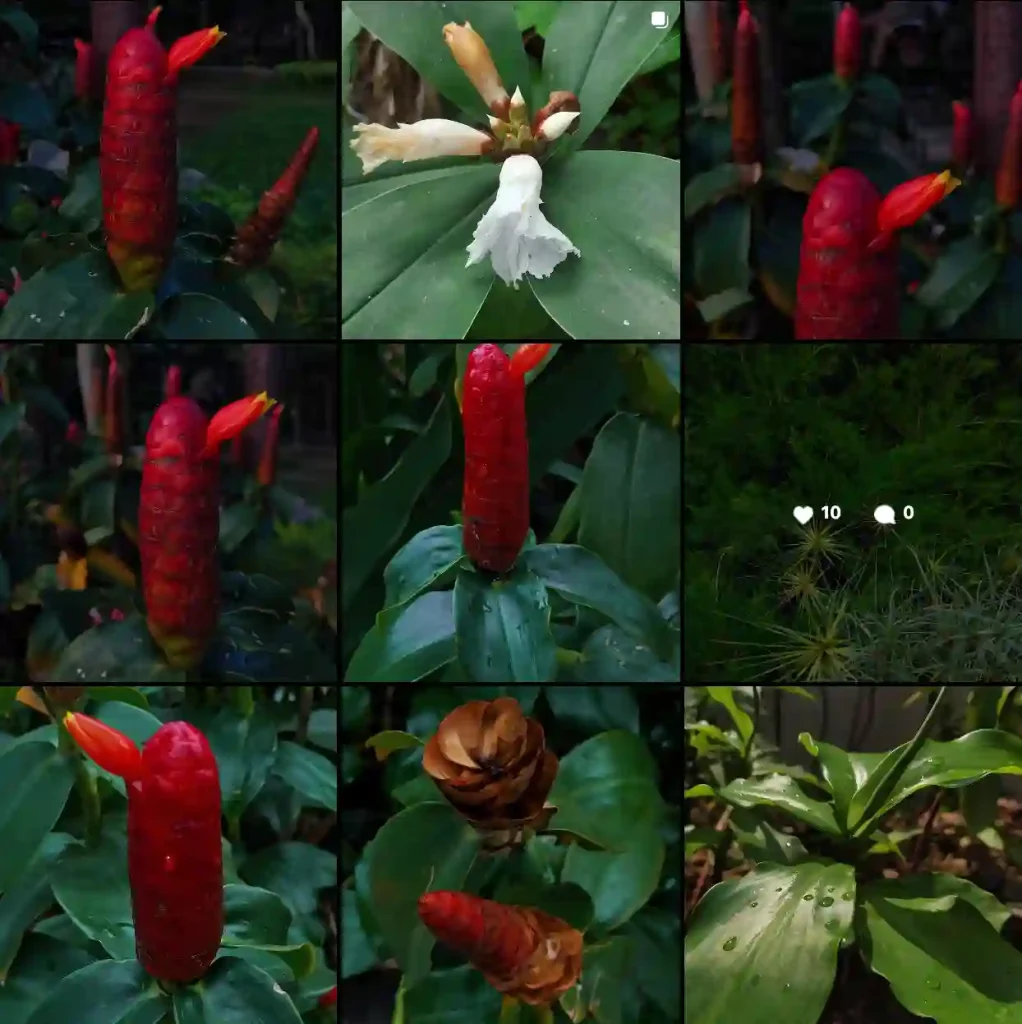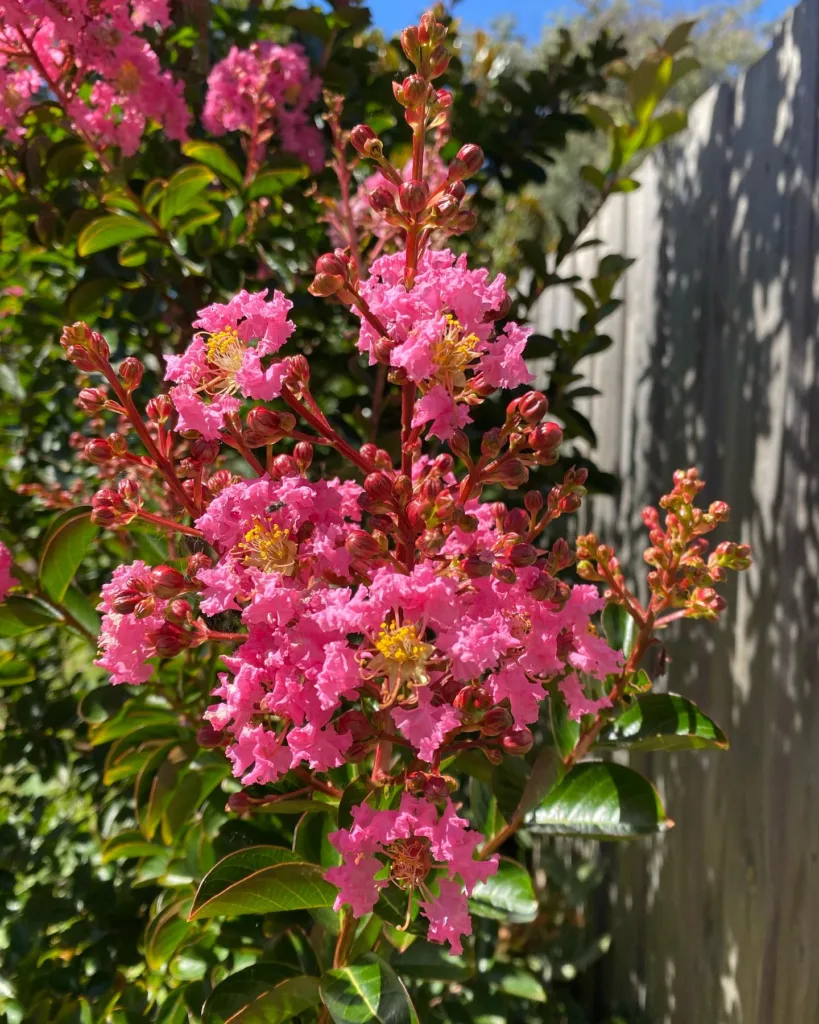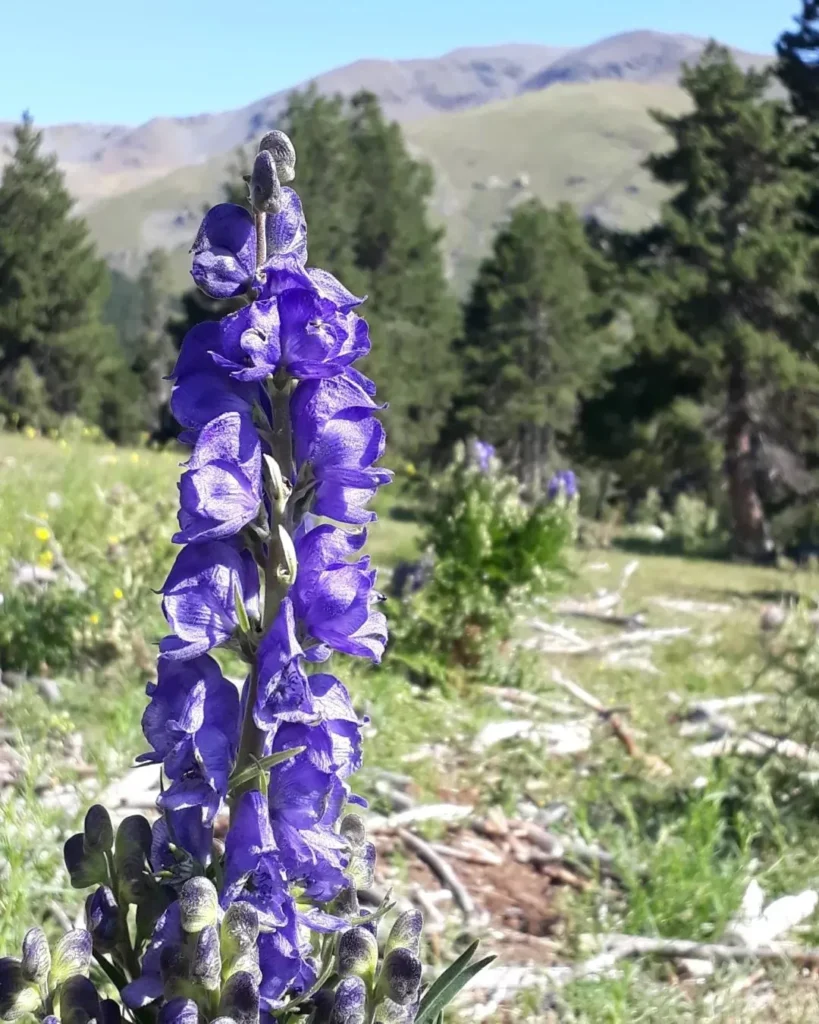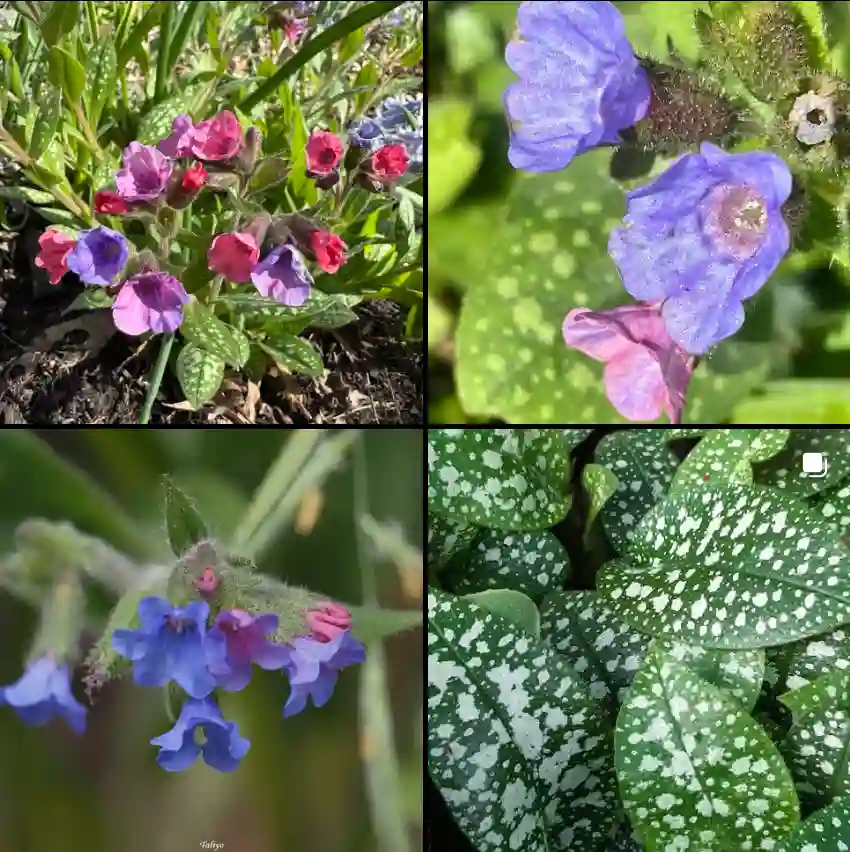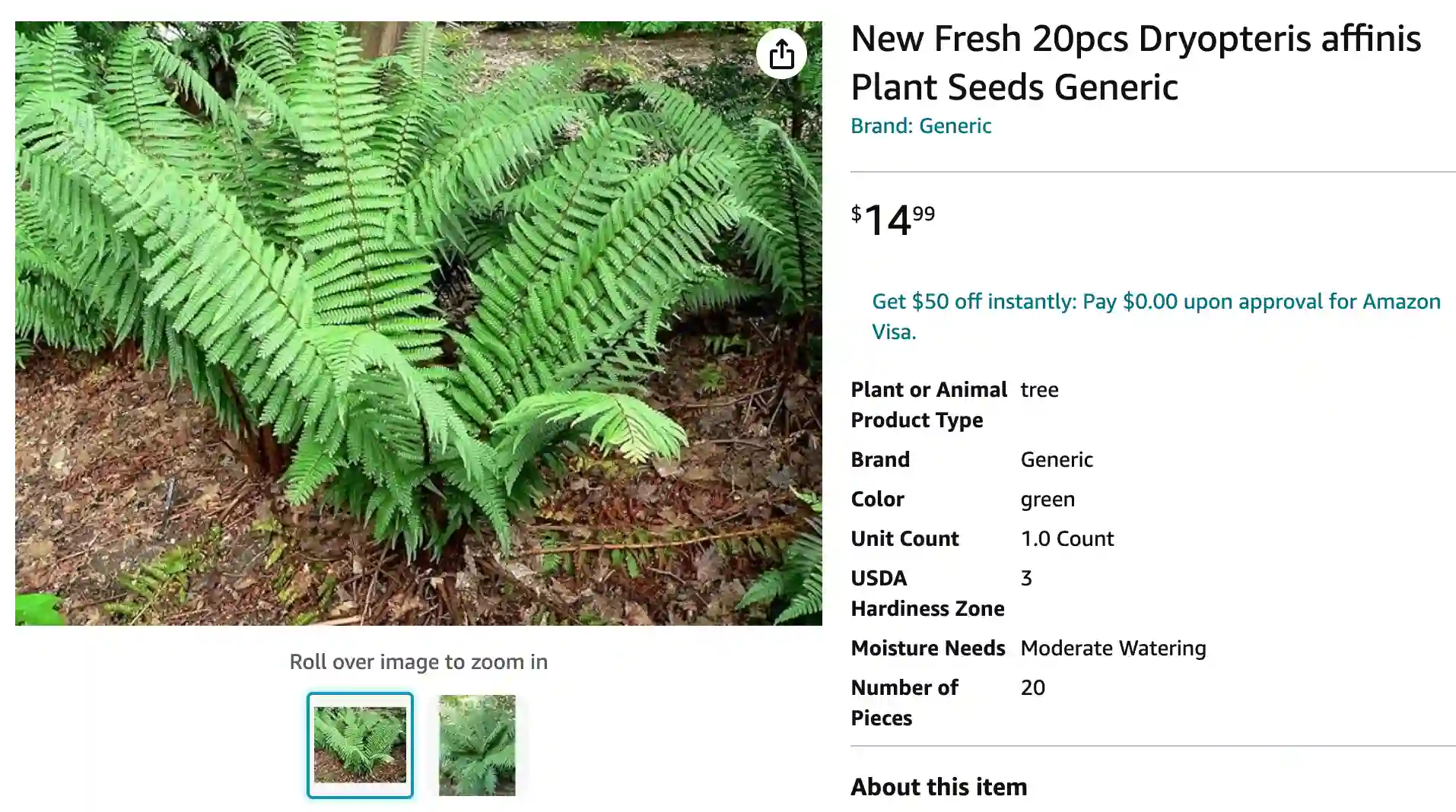
All About Dryopteris Affinis: The Scaly Male Fern
I’m Ferb Vu, and I’m here to answer all your burning questions about the Dryopteris affinis, also known as the scaly male fern or golden-scaled male fern. This architectural wonder from the plant kingdom is a popular choice for gardeners seeking a touch of elegance and lushness.
432 Species in Genus Dryopteris
What is Dryopteris Affinis?
The Dryopteris affinis is a robust and semi-evergreen fern native to western and southern Europe, stretching to southwestern Asia. It thrives in moist woodlands with high humidity, making it a familiar sight in places like the British Isles and western France.
Imagine a rosette of finely cut, arching fronds gracefully radiating from a stout, erect rhizome. That’s the Dryopteris affinis in all its glory. These fronds, reaching lengths of up to 1.2 meters (almost 4 feet!), are a sight to behold. Young fronds boast a vibrant light green, maturing into a rich, verdant hue.
But the true showstopper lies in the golden scales – ramenta, to be precise – that densely cover the stems. These scales, a warm yellow-brown, add a touch of regality, making the fern a standout in any garden.
How to care for Dryopteris Affinis?
So, you’ve been smitten by the Dryopteris affinis and want to bring one home? Here’s what you need to know:
- Light: While it tolerates partial shade, dappled sunlight is ideal. Avoid harsh, direct sunlight.
- Soil: Well-drained, moist soil rich in organic matter is key. Think composted bark or leaf mold for optimal results.
- Watering: Keep the soil consistently moist, but avoid waterlogging. Regular watering, especially during dry spells, is crucial.
- Fertilizer: A balanced, slow-release fertilizer applied in spring can give your fern a boost.
- Hardiness: The Dryopteris affinis is generally considered hardy to USDA zones 5-8. In colder regions, winter protection might be necessary.
Is Dryopteris Affinis Evergreen?
In mild climates, the Dryopteris affinis retains most of its fronds throughout winter, earning its semi-evergreen status. However, in colder regions, some dieback might occur.
Is Dryopteris Affinis Toxic?
While not deadly, the Dryopteris affinis contains compounds that can cause stomach upset if ingested. It’s best to keep it out of reach of pets and children.
How Fast Does Dryopteris Affinis Grow?
The Dryopteris affinis is a moderate grower, putting on new fronds steadily but not aggressively.
Dryopteris Affinis vs. Dryopteris Filix-Mas
The Dryopteris affinis has a close cousin, the Dryopteris filix-mas, commonly known as the male fern. Here’s a quick comparison to help you tell them apart:
- Frond Color: Dryopteris affinis boasts a bright yellow-green hue when young, maturing to a rich green. Dryopteris filix-mas has a more consistent, deep green color.
- Scales: The Dryopteris affinis is easily identified by its prominent golden scales on the stems. Dryopteris filix-mas has fewer, less noticeable scales.
- Hardiness: Dryopteris affinis is generally considered slightly hardier than Dryopteris filix-mas.
Ultimately, both ferns are excellent choices for shady gardens, but the Dryopteris affinis adds a touch of glamour with its dazzling scales.
Bringing the Elegance of Dryopteris Affinis to Your Garden
The Dryopteris affinis is a versatile fern that can elevate any garden space. Here are some ideas for incorporating it:
- Woodland Inspiration: Create a natural woodland feel by planting it amongst shade-loving perennials like hostas and ferns.
- Focal Point: Let its architectural form take center stage by planting it as a solitary specimen in a container or border.
- Living Wall: Utilize its vertical presence by planting it in a vertical garden for a lush, green wall.
With proper care and these design tips, the Dryopteris affinis can become a cherished addition to your garden, bringing a touch of timeless elegance and lush greenery.
If i die, water my plants!
